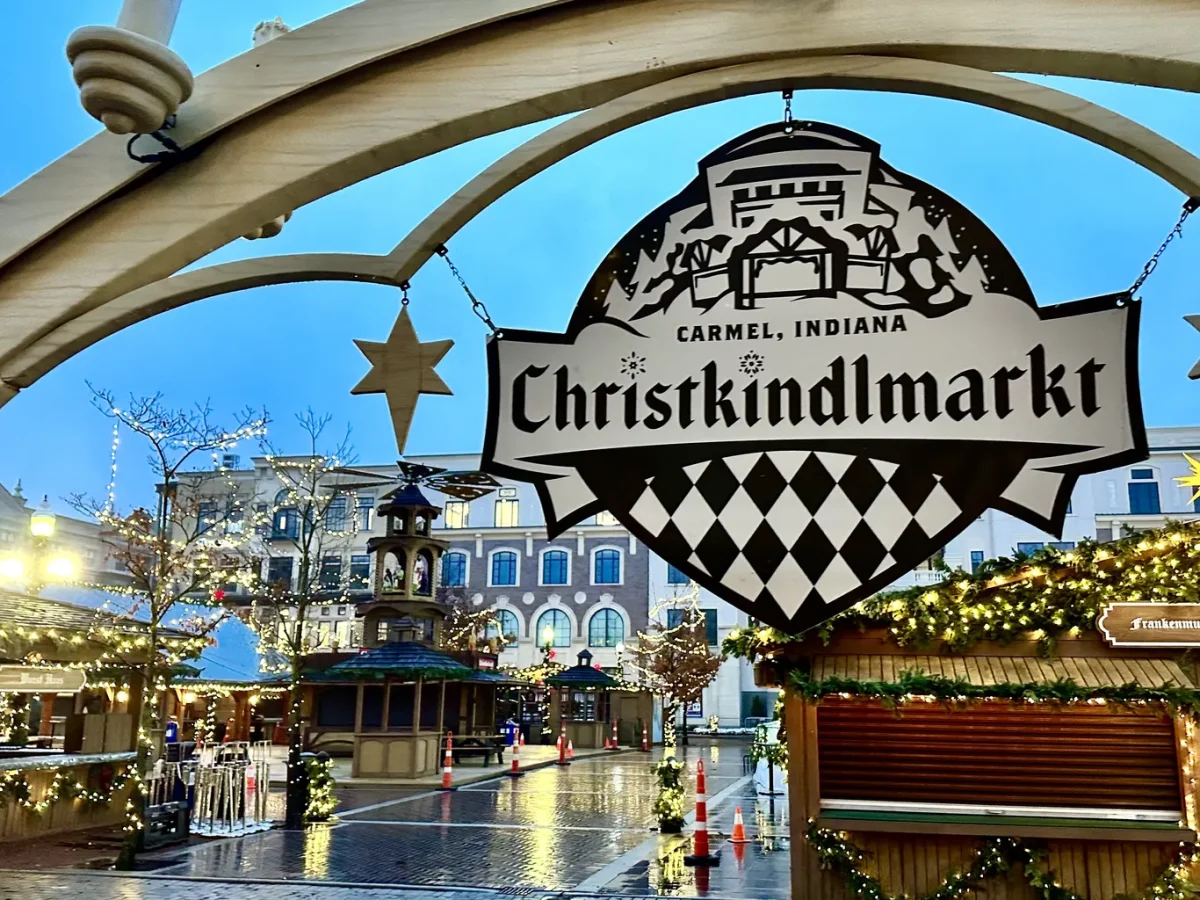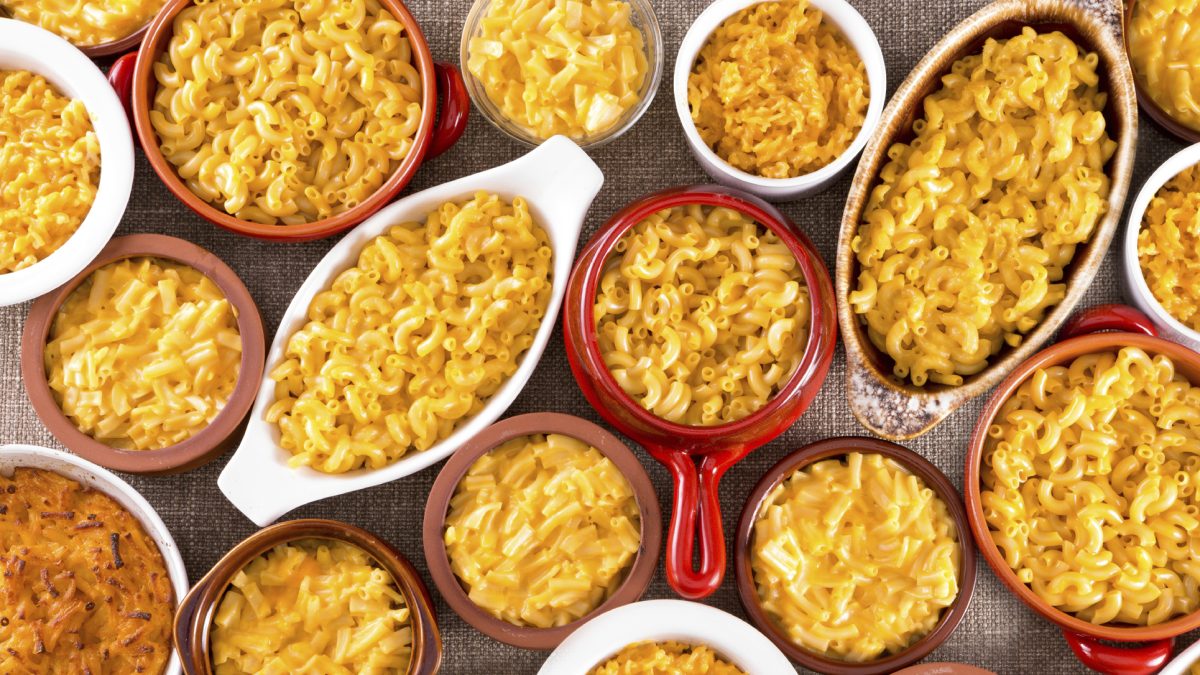Some people think Christmas time is the best holiday. Some also think that it’s the only holiday going around. But in other cultures and religions, there are two important holidays in December.
First we have Kwanzaa, which was created in 1966 by Dr. Maulana Karenga. This was a way for the African-American culture and heritage to be celebrated.
Kwanzaa is celebrated from December 26- January 1. The name and meaning of Kwanzaa comes from a Swahili phrase “matunda ya kwanza,” which means “first fruits”.
Each day of Kwanzaa focuses on one of seven principals. Families gather to light the candles, discuss the principals, and enjoy the cultural activities. The seven principles of Kwanzaa are also known as Nguzo Saba – Umoja (Unity),Kujichagulia (Self-Determination),Ujima (Collective Work and Responsibility), Ujamaa (Cooperative Economics),Nia (Purpose),Kuumba (Creativity), and Imani (Faith).
The seven principles are associated with symbols. The Kinara (candleholder), the Mishumaa Saba (seven candles), and the Mkete (mat).
The seven principles represent the seven candles that get lit up every night. They are placed in the Kinara, three red candles on the left, three green candles on the right, and one black one in the middle.The colors red, green, and black are the main colors of Kwanzaa. Black represents the people, red represents their struggle, and the green represents the future and hope. Each day of Kwanzaa focuses on one of the seven principals.
Families gather to light the candles, discuss the principals, and enjoy their cultural activities. On December 31st, the Karamu feast is held. It has African dishes, music, storytelling, and a big feast.
Next we have Hanukkah, also known as the festival of lights.
Hanukkah commemorates the rededication of the Second Temple in Jerusalem during the second century B.C. after the Maccabean Revolt.
Hanukkah typically lasts for eight days and nights. It usually falls in late November to late December (this year it is Dec. 26-Jan. 2).
Hanukkah celebrates the miracle where a small amount of oil enough for a day)is burned for eight days in the Temple’s menorah. During Hanukkah, a nine- branched candelabrum called a menorah/hanukkiah is used. One candle is lit each night of Hanukkah using the central candle also phrased as the Shamash.
A popular game during Hanukkah is played. It involves a spinning four-sided top called a dreidel. Each side of the dreidel has a bearing Hebrew letter. The letters stand for “Nes Gadol Haya Sham,” which means “A great miracle happened there.”
Hanukkah has multiple different foods but some of the important ones are made in oils. Traditional foods for Hanukkah are latkes which are potato pancakes and sufganiyot which are jelly-filled donuts. These foods are both fried in oil to commemorate the miracle of oil.
Around these holidays, gifts are usually given out or received. This is a more modern addition to Hanukkah. Children often receive Hanukkah gelt, which are chocolate coins or real money as part of the festival. Some families exchange gifts each night while other families choose a specific day to give their gifts.
Prayers are said around Hanukkah and songs like “Ma’oz Tzur” (Rock of Ages) are sung during the holiday. Hanukkah is a time for family gatherings, lighting the menorah together, and celebrating Jewish heritage and traditions.
Although these holidays have some similarities, they are also very different and unique in their own ways.









Linda Hobbs • Nov 24, 2024 at 8:04 AM
Thank you for sharing this information on Kwanza and Hannaka. Yes, there is more than Christmas to celebrate during the holiday season. Thank you Miss Raylen Cole for writing this awesome article.